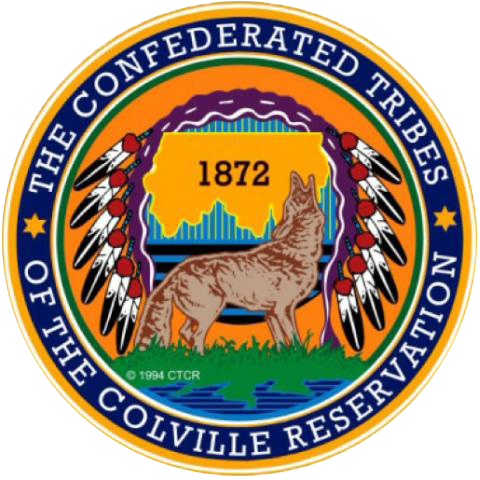Videos
This video is a launch for a campaign in honor of a tribal member, Lucy Covington for Eastern Washington University. EWU is building a living legacy of the life of Lucy. "Lucy Covington, a long-time tribal rights activist and Colville Tribal Council member, helped change the course of American Indian history through her courageous and selfless style of leadership in the face of great odds. More: www.ewu.edu/covington"
The Anchor Forest framework combines opportunities to help landowners, communities, agencies, and tribes achieve landscape-scale projects that address declining forest health conditions with cost-effective solutions.
"So if you want to maintain the forest, if you want to maintain the habitat for fish and wildlife or animals, you want to keep clean water, clean air, all that those kinds of things you have to focus on what could be done on the landscape, not what I can do on a single piece of property." –Gary Morishima, Quinault Nation
“Forest management is very important to our tribe and it has been, for a long time. So we realize the value of that but we also need to still insure that our borders and the forest around it, which is also our traditional territory, aren’t lost to insects and disease or wildfire.” –Chasity Watt Confederated Tribes of the Colville Reservation.
Oral History from Mel Tonasket. Recorded by Washington Indian Gaming Association
LiveWell Segment by the late Chairman, Jim Boyd covering for Native American Month
Check out our new video featuring how Colville Confederated Tribes are investing in education and the future of our youth. For more information and links to other videos visit our website www.washingtontribes.com.
Washington Tribes covers the Colville Tribes on how a sovereign entity has progressed
In this seven-minute video produced by Milkhaus for the Clyfford Still Museum, art historians Patricia Failing and Michael Holloman discuss lesser-known work created by Clyfford Still at the Colville Indian Reservation in Washington during the 1930s. This video was created for a summer 2015 exhibition at the Museum devoted to this topic. Approximately thirty original works on paper and eight oil-on-canvas compositions by Clyfford Still comprised the exhibition, along with sketch-oriented materials, related photographs, and examples of the artist’s self-described “interpretive studies." The exhibition and its catalogue of new scholarship explore how Still’s time with indigenous people of northeastern Washington State contributed to a tragic sensibility realized in his later work. The illustrated catalogue is available at clyffordstillmuseum.org/shop.

